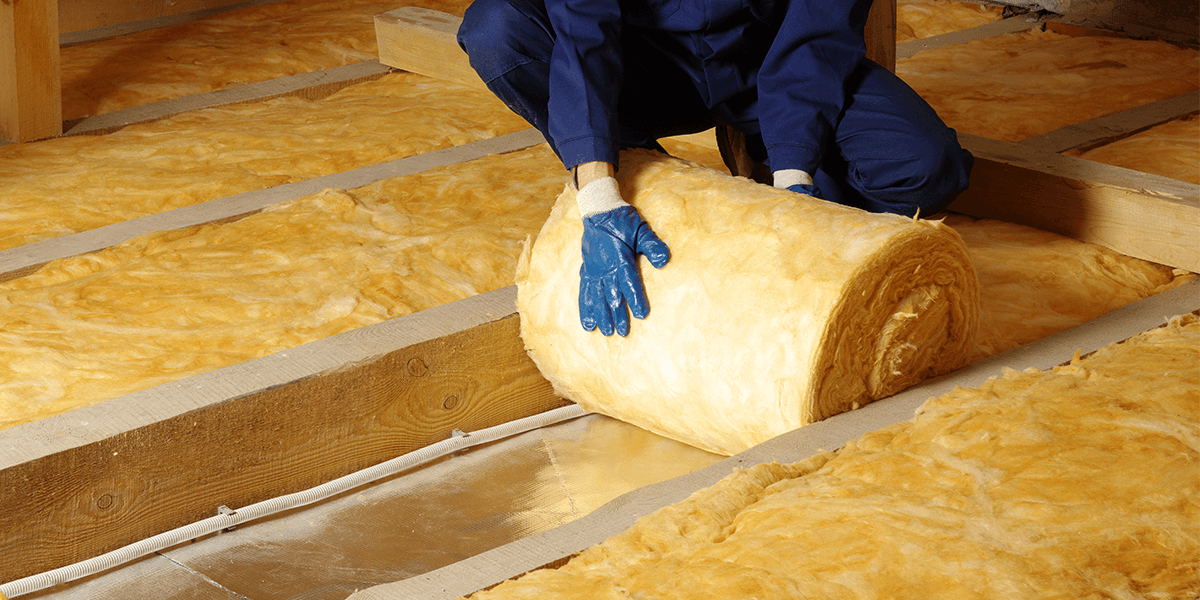If you’re looking for a way to improve the energy efficiency of your home and save money on your energy bills, then loft insulation is an excellent solution. Loft insulation involves adding a layer of insulation material to the space between the ceiling and the roof of your home. This helps to prevent heat from escaping through the roof, keeping your home warmer in the winter and cooler in the summer. In this article, we’ll cover the basics of loft insulation, the types of insulation materials available, and the benefits of loft insulation.
What is Loft Insulation?
Loft insulation is a way of reducing heat loss through the roof of your home. By adding a layer of insulation material to the space between the ceiling and the roof, you can prevent heat from escaping, which means your home will be warmer in the winter and cooler in the summer. This can lead to significant energy savings and can help to reduce your carbon footprint.
Types of Loft Insulation Materials
There are several types of insulation materials that can be used for loft insulation, including:
- Fiberglass: Fiberglass insulation is one of the most popular materials for loft insulation. It is made from fine glass fibers and is available in rolls or batts. It is relatively easy to install and is an affordable option.
- Mineral wool: Mineral wool insulation is made from natural or recycled materials, such as stone or slag. It is available in rolls or batts and is a good option if you are looking for environmentally friendly insulation material.
- Cellulose: Cellulose insulation is made from recycled paper or cardboard and is a good option if you are looking for an eco-friendly insulation material. It is available in the loose-fill form and is blown into the loft space using a special machine.
- Spray foam: Spray foam insulation is a more expensive option, but it provides excellent insulation properties. It is sprayed directly onto the roof and walls of the loft space, creating a sealed barrier that helps to prevent heat loss.
Loft insulation is an excellent way to improve the energy efficiency of your home and save money on your energy bills. There are several types of insulation materials available, including fiberglass, mineral wool, cellulose, and spray foam. The benefits of loft insulation include reduced energy bills, increased comfort, a reduced carbon footprint, and reduced noise. If you’re considering loft insulation, be sure to choose a professional installer who can help you choose the best insulation material for your needs.







